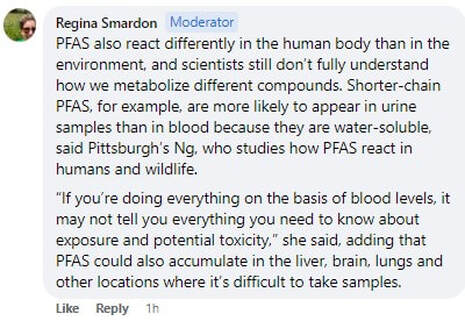|
America & Europe critique research
|
Australia uses research
|
|
- to strengthen protections, reduce PFAS exposures
- to benefit public & environmental health |
- to manipulate & challenge credible science
- to deny the public valuable information |
